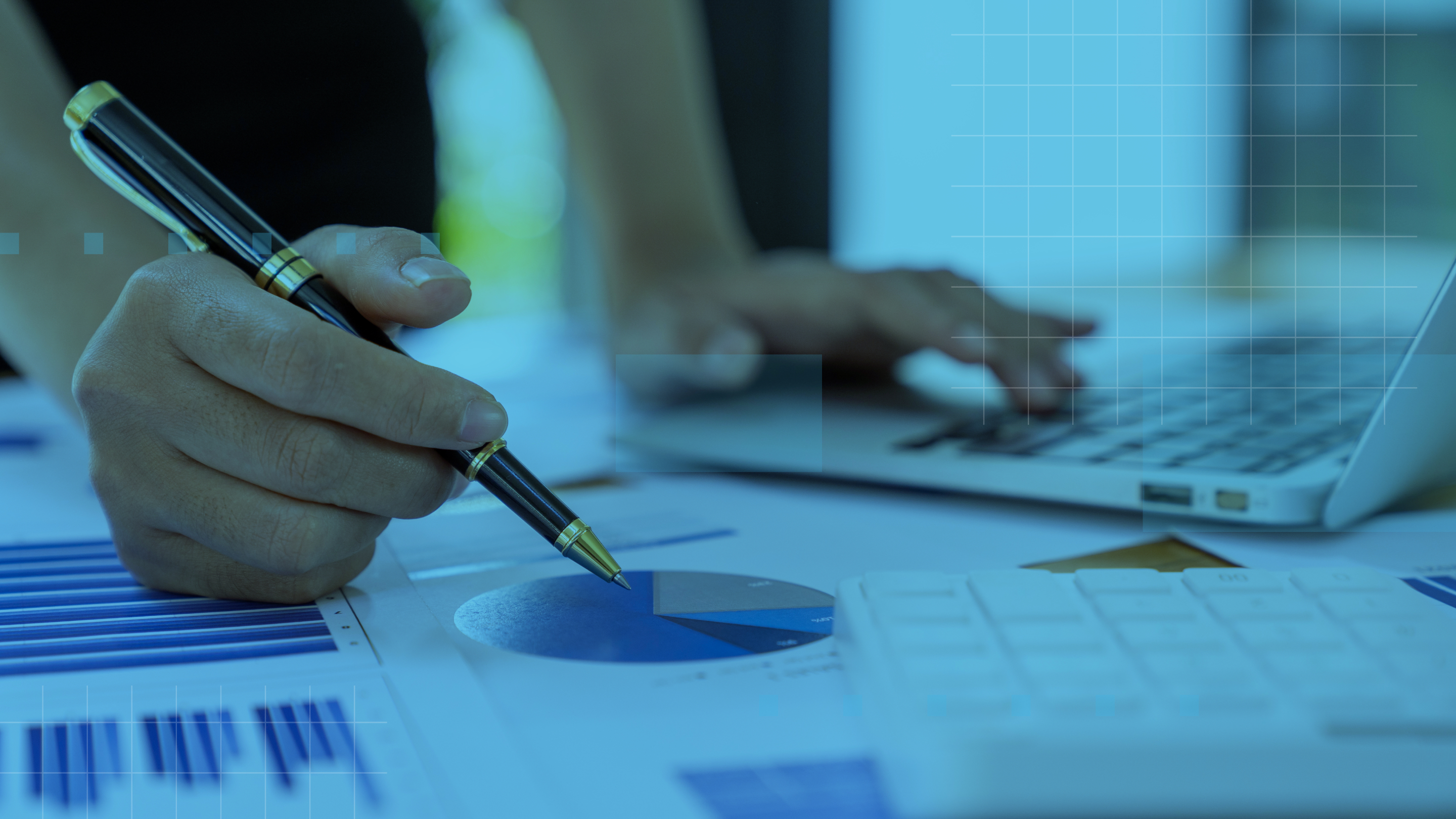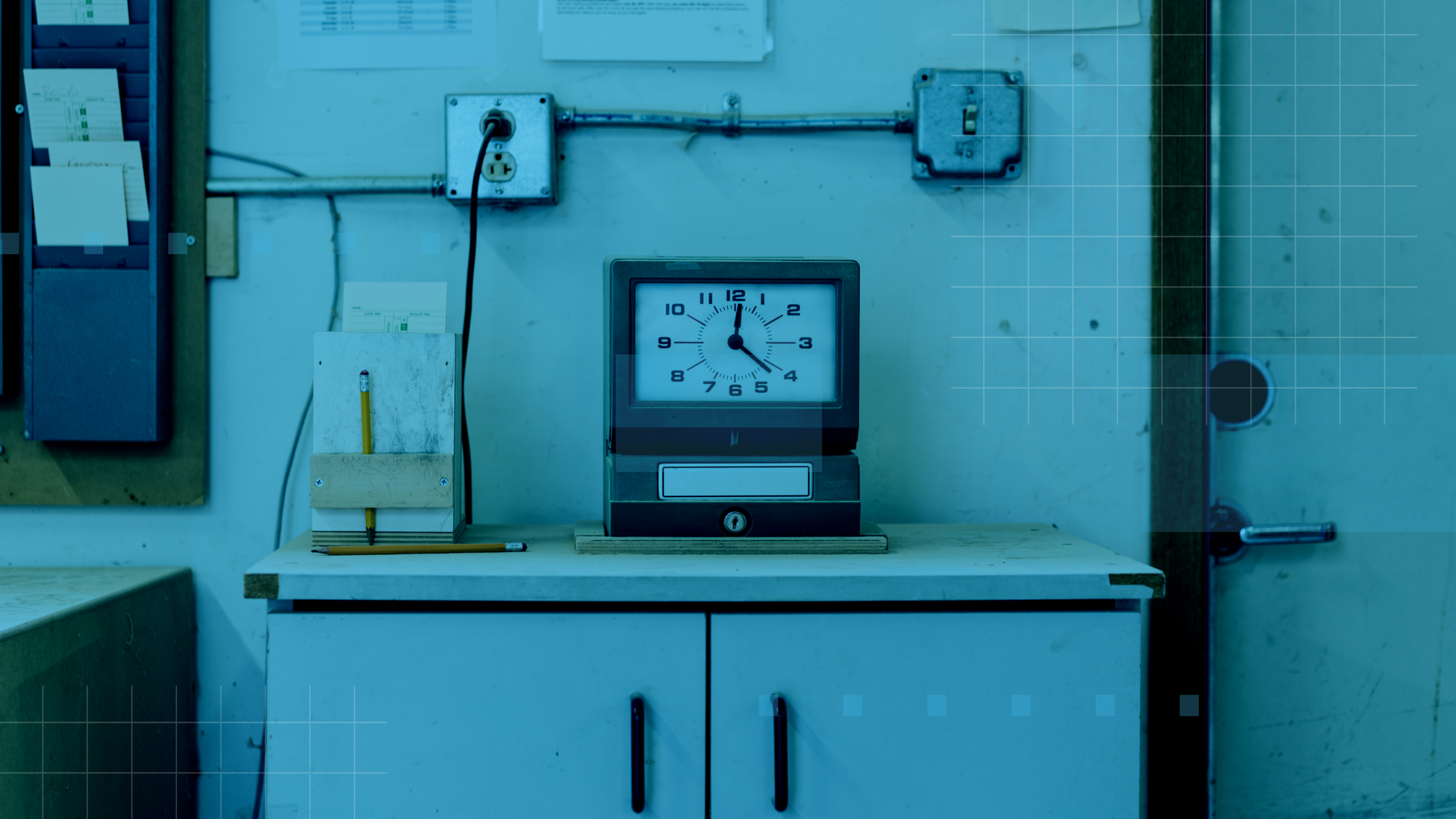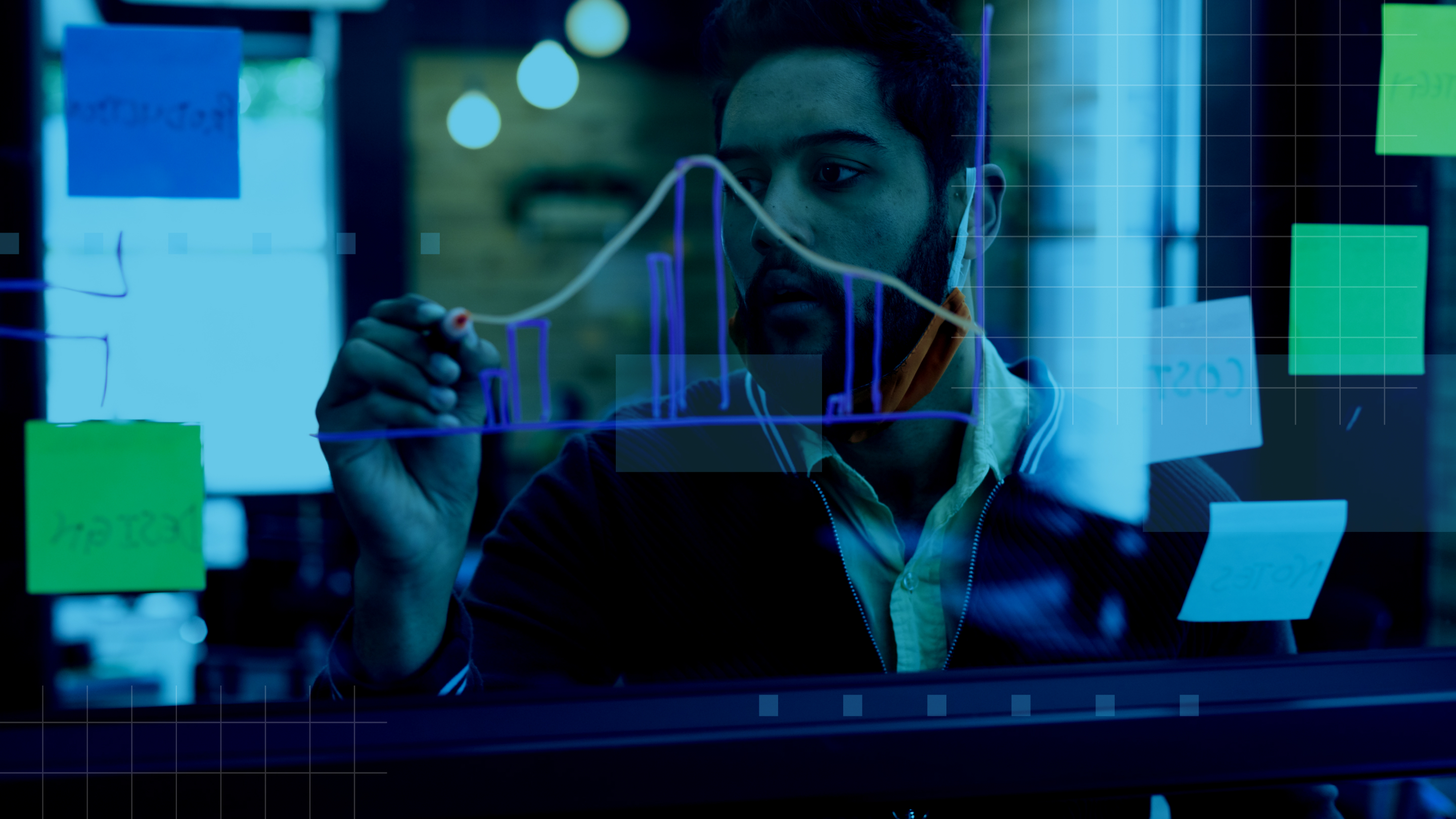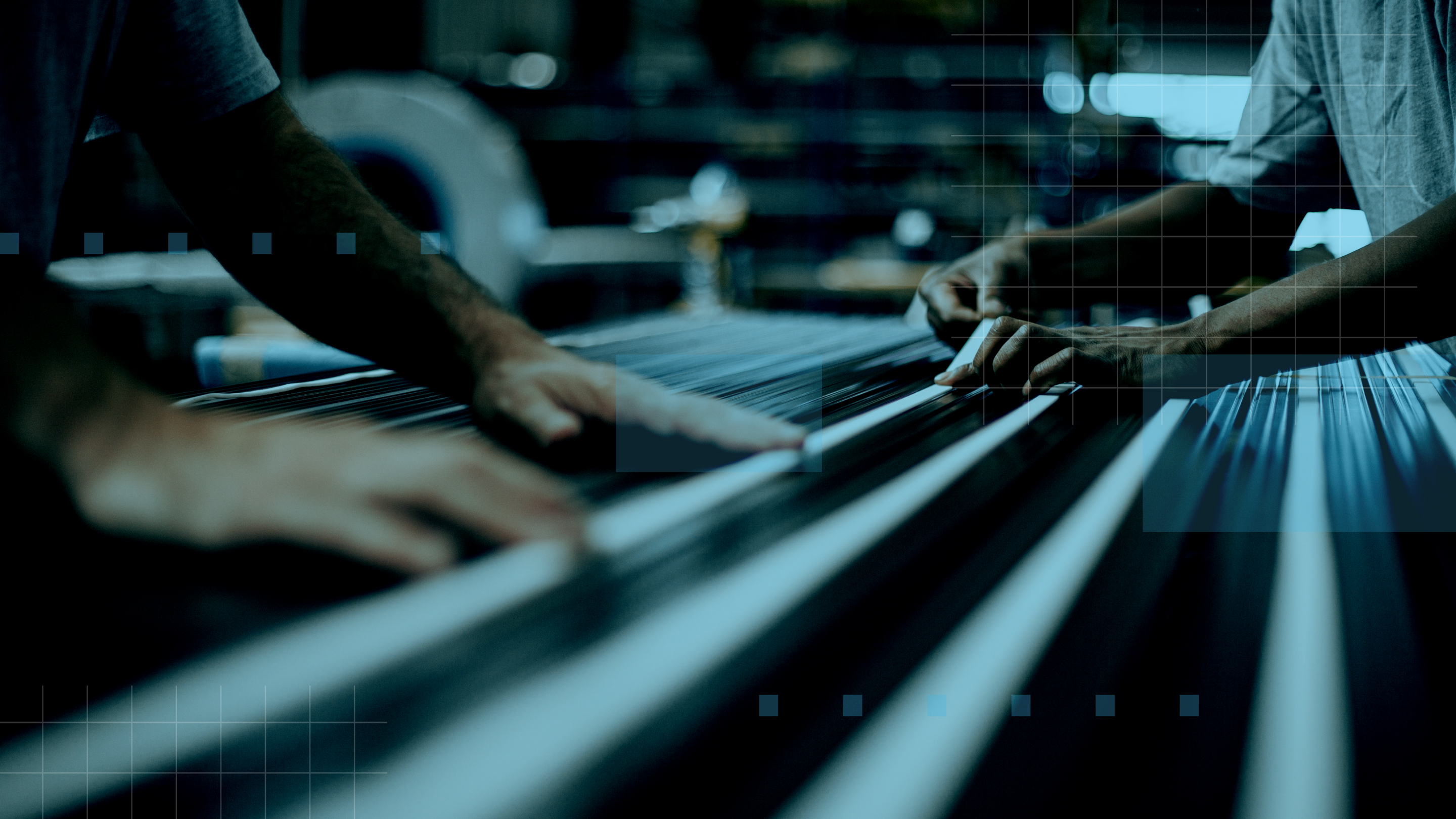Downloadable Resource
Blog
Webinar Recording
Success Story
Article
Technical Article
Video Insight
Trade Show
Webinar
Tutorial
Video Demo

Selecting Fixed Assets Software
Join us on
January 20, 2021

Download Now
Event Details
Price:
$
USD
Location:
Virtual
Address:
When considering a new fixed asset software, there are a number of factors depending on your business. First and foremost is the number of assets you manage now and any changes expected in the immediate future. You also need to consider your depreciation schedule and whether or not it requires special rules. Outside of these, the biggest feature you need to decide, preferably at the start of your process, will be whether or not this fixed asset software will integrate with your accounting software.
Integration is a tricky word unless you are intimately familiar with business software. Integration of a Fixed Assets solution with your accounting software means data entry should happen once (after implementation, of course) and flow from your accounting system into the fixed asset software automatically. The fixed asset software will maintain the depreciation for each item as set up and make necessary reports available.
Many modern fixed asset solutions offer this level of integration with modern accounting solutions. However, if you are operating a legacy accounting or fixed asset solution, you will have a different level of integration. Before the time of the full integration we discussed above, you would manage your accounting and fixed assets separately. You would implement the fixed asset software, setting up your depreciation tables, adding your assets separately, and request year end reports out of the fixed asset software.
So, do you need full integration? As a rule, you want to automate as much as possible, and full integration certainly simplifies the management of your fixed assets. You can manage everything from one system, your accounting software. However, if you have very simple depreciation and a low and stable number of assets, then you may opt for a slightly more cost-friendly option without full integration.











